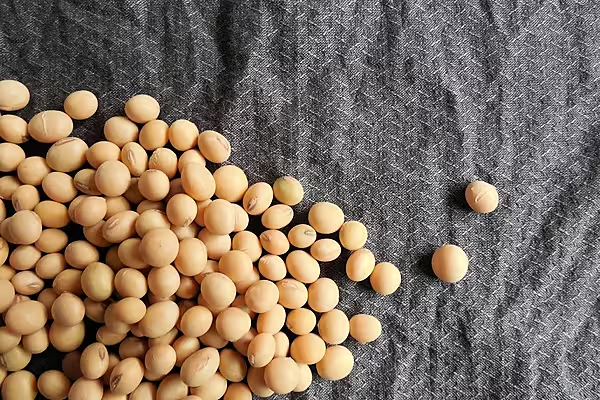Coffee production in Indonesia will probably drop 10 percent this year after dry weather caused by the worst El Nino in almost two decades damaged some crops and delayed the harvest.
Farmers in the world’s third-largest grower of robusta may reap 570,000 metric tons of beans in the season that started April 1, down from a record 636,300 tons a year earlier, according to the median of five traders estimates compiled by Bloomberg. That would be the steepest decline since 2011-12, data from the U.S. Department of Agriculture showed.
A smaller Indonesian crop will cut supply of robusta beans used by Nestle SA, potentially boosting a rally in futures in London this year. The strongest El Nino since 1997-98 was largely responsible for dryness in the country’s main coffee-producing region of southern Sumatra last year, according to Indonesia’s Meteorology, Climatology and Geophysics Agency.
“Drought caused a crop failure in the lowland of Sumatra, the trees withered and dried and flowering has failed,” said Moelyono Soesilo, purchasing and marketing manager at PT Taman Delta Indonesia, a Semarang, Central Java-based exporter. “ We’re now waiting for the harvest in the highland to start in June or July.”
The harvest normally starts at the end of May or early June on the higher ground of Southern Sumatra, Soesilo said.
Coffee Regions
The provinces of Lampung, Bengkulu and South Sumatra in the southern tip of Sumatra island are the main robusta areas in Indonesia, producing about 75 percent of the country’s output. Beans from the area are shipped from Panjang port in Lampung. Arabica is grown mostly in northern Sumatra and Java, and accounted for 16 percent of the total harvest in 2014-15, USDA data showed.
Robusta coffee 0.9 percent to close at $1, 635 a ton on ICE Futures Europe on Monday, trimming the gain this year to 6.9 percent. Futures slumped 20 percent last year.
The dry period may soon give way to normal weather as there is a 50 percent chance for La Nina weather from August to October, with its impact to be seen by the end of year, said Adi Ripaldi, head of climate analysis and information at the Indonesia’s meteorology agency.
Rainy Season
“The weather is likely to be normal starting June or July as El Nino is seen fading through the end of May,” Adi said by phone May 3. Indonesia may see a very wet rainy season if La Nina happens, he said.
The possibility of a prolonged rainy period is bad as well and can damage bean quality as most farmers rely on the sun to dry cherries by spreading them on the ground, said Hutama Sugandhi, head of Indonesian Coffee Exporters’ Association.
La Ninas occur when the surface of the Pacific cools, bringing on an atmospheric reaction that can upset global weather patterns and move commodity and energy markets. In addition to helping cause colder winters across the northern U.S., the phenomenon also has meant heavier monsoons in India as well as more rain across parts of Indonesia, Australia and Brazil.
News by Bloomberg, edited by ESM. To subscribe to ESM: The European Supermarket Magazine, click here.














